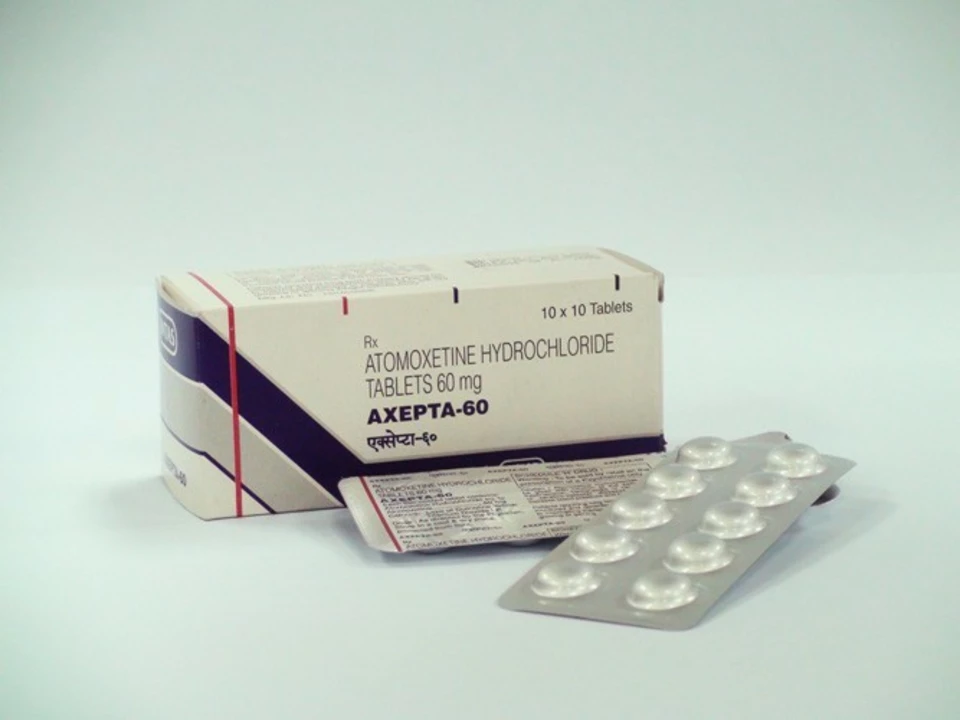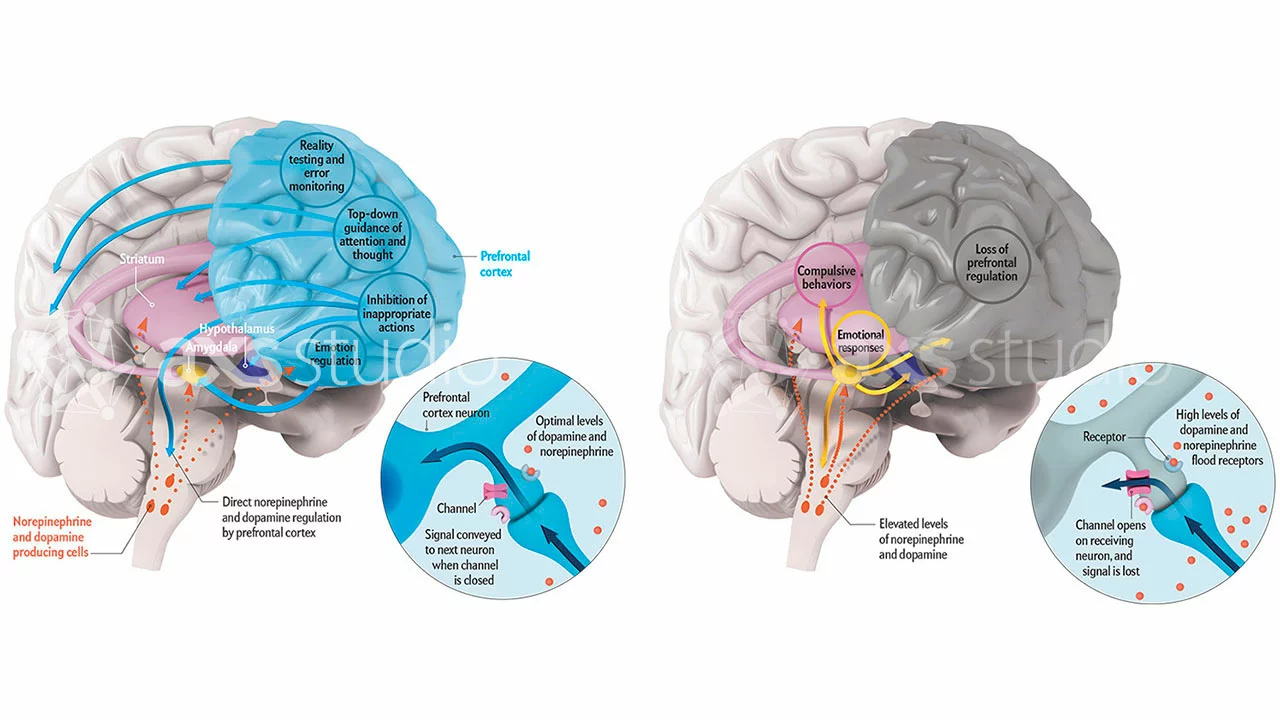Atomoxetine: A Clear Guide to This ADHD Medication
Atomoxetine is a medication often prescribed to help with Attention Deficit Hyperactivity Disorder, or ADHD. Unlike stimulants, it works by increasing norepinephrine levels in the brain, helping improve focus and control impulsive actions in both kids and adults. If you or someone you know is considering atomoxetine, here’s a straightforward look at what it does, how to use it safely, and what to expect.
How Atomoxetine Works and Why It's Different
Many ADHD meds are stimulants, but atomoxetine stands out because it’s non-stimulant. This means it doesn’t carry the same risks for dependency or certain side effects common with stimulants. It targets norepinephrine, a brain chemical that plays a role in attention and impulse control. The result? Improved concentration and reduced hyperactivity for many users, but it can take a few weeks to notice the full effect.
If you’re wondering how quickly atomoxetine works, be patient. Unlike some meds that kick in fast, atomoxetine's effects develop gradually as it builds up in your system. Doctors often recommend regular check-ins to track progress and adjust doses if necessary.
What To Watch For: Side Effects and Safety Tips
Atomoxetine is usually well tolerated, but like all medications, it can bring side effects. Common ones include stomach upset, dry mouth, and sometimes sleep troubles. Some users report mood changes or increased heart rate, so it’s important to share any new symptoms with your doctor promptly.
Never stop taking atomoxetine abruptly without checking with your healthcare provider. They’ll guide you on how to safely adjust or discontinue the medication if needed. Also, aluminum-based antacids can interfere with how your body absorbs atomoxetine, so mention any other meds or supplements you use.
For those concerned about safety, rest assured many find atomoxetine a solid option without stimulant risks. Still, regular follow-ups are key to making sure it’s both effective and safe in your unique situation.
In a nutshell, atomoxetine offers a different path for managing ADHD symptoms, especially if stimulants aren’t a fit. Knowing how it works, being aware of side effects, and staying open with your doctor helps you get the best from this medication. If you want to explore more detailed info or personal stories, keep browsing HealthyMale.com for trustworthy insights tailored to men’s health and medications.
As a blogger, I've recently researched the effects of Atomoxetine on memory, specifically its impact on recall and retention. Atomoxetine, a medication primarily used to treat ADHD, has been found to enhance memory and cognitive functions. Studies suggest that it improves working memory and information retention, which is crucial for learning and day-to-day tasks. However, it's essential to note that the effects may vary among individuals, and long-term effects are still under investigation. Personally, I find this topic fascinating and believe that understanding the relationship between Atomoxetine and memory could potentially lead to better treatment options for those struggling with ADHD and memory impairments.
In my recent exploration of emotional regulation, I stumbled upon Atomoxetine and its potential benefits. Atomoxetine, primarily used to treat ADHD, has been showing promising results in improving emotional regulation in individuals who struggle with it. Studies have indicated that it can help manage mood swings and extreme emotional responses. While further research is needed, the initial findings are quite fascinating. I'm eager to see how Atomoxetine might transform the way we approach emotional regulation in the future.


